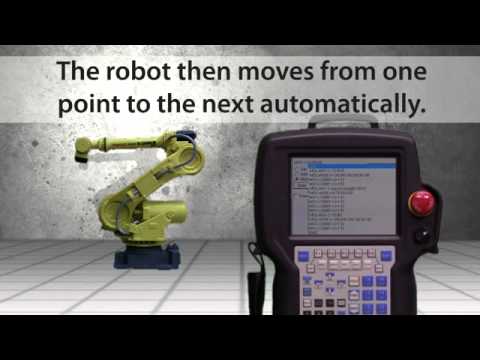How 6 Axis Industrial Robots Work
Industrial robotics has revolutionized the manufacturing industry, streamlining processes and increasing efficiency. Among the various types of industrial robots available in the market, 6 axis industrial robots are widely used due to their versatility and flexibility. In this article, we will explore the functionality of these robots and delve into the world of automation.
To understand how 6 axis industrial robots work, it is important to first grasp the concept of their structure. These robots are designed with six degrees of freedom, allowing them to move in all directions. Each axis represents a different movement, enabling the robot to perform complex tasks and manipulate objects with great precision.
The first axis, referred to as the base or J1, allows the robot to rotate horizontally. This movement provides the robot with a wide range of motion, granting it the ability to reach different areas on the production line. The second axis, known as the shoulder or J2, enables vertical movement, lifting and lowering the robot’s arm.
The third axis, often referred to as the elbow or J3, is responsible for the forward and backward movement of the arm. It can bend and extend, allowing the robot to reach objects in various positions. The fourth axis, called the wrist roll or J4, provides rotational motion to the robot’s forearm.
The fifth axis, known as the wrist pitch or J5, allows the robot’s wrist to tilt up and down. This movement provides additional flexibility when handling objects. Lastly, the sixth axis, referred to as the wrist yaw or J6, enables the robot’s wrist to rotate, allowing it to twist and grip objects from different angles.
By combining these six axes, 6 axis industrial robots are capable of performing a wide range of tasks. Whether it is pick and place operations, welding, painting, or assembly, these robots excel in versatility. They can adapt to different product lines and perform intricate tasks with speed and accuracy.
To further enhance their functionality, 6 axis industrial robots are equipped with various sensors and cameras. These sensors enable the robot to detect objects in its environment, ensuring safe and efficient operations. Additionally, the inclusion of vision systems allows the robot to identify and locate objects, enabling precise manipulation and assembly.
The automation capabilities of 6 axis industrial robots have revolutionized the manufacturing industry. These robots can work tirelessly for extended periods, significantly reducing production time and costs. With the ability to perform repetitive tasks with great accuracy, they have greatly improved product quality and consistency.
Moreover, their efficiency translates into reduced labor costs. Human workers can be freed from mundane and repetitive tasks, allowing them to focus on more complex and creative aspects of the manufacturing process. This not only improves job satisfaction but also increases overall productivity.
With the advancements in robotics technology, the cost of 6 axis industrial robots has become more affordable, making them accessible to a wider range of industries. From automotive manufacturing to electronics, these robots have found applications in various sectors, further contributing to the growth and development of automation globally.
In conclusion, 6 axis industrial robots have revolutionized the manufacturing industry with their versatility, flexibility, and automation capabilities. Their six degrees of freedom allow them to perform complex tasks with speed and precision. With the ability to adapt to different product lines and perform a wide range of operations, these robots have greatly streamlined manufacturing processes. As automation continues to advance, the use of 6 axis industrial robots will undoubtedly continue to grow, driving greater efficiency and productivity in the industry.
Industrial Robot
“Understanding the Mechanics of Industrial Robotics: A Guide to Functioning and Purchasing Process”


